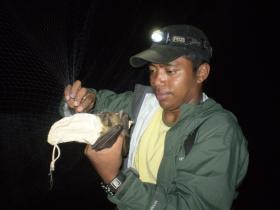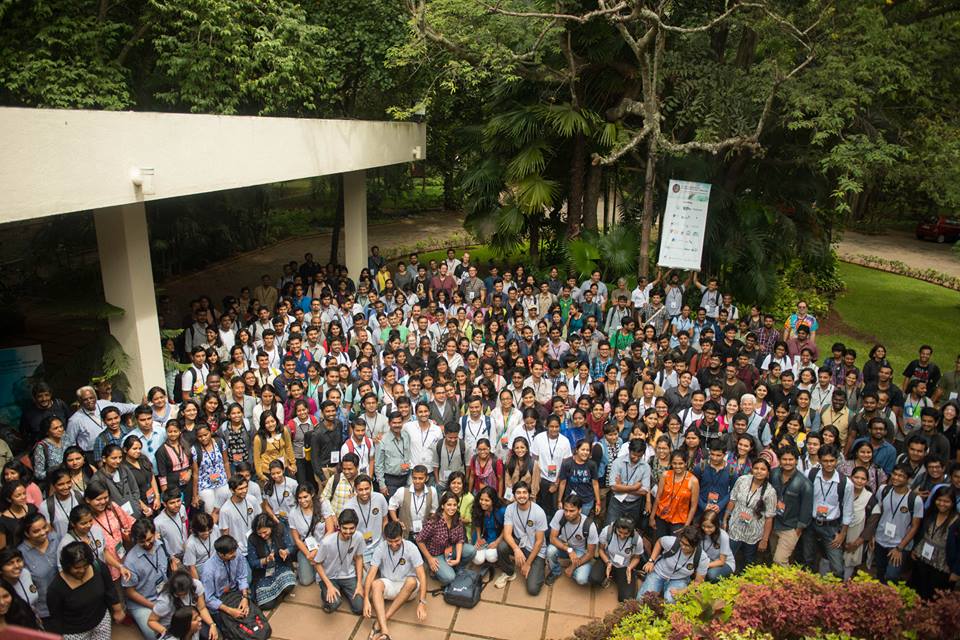 By Fabiola Monty, TBA Alumna – Kibale 2010
By Fabiola Monty, TBA Alumna – Kibale 2010
While the dodo is famous around the world as the symbol of extinction, the country it once used to inhabit may be less known. That country is my home island, Mauritius, that little speck in the South Western part of the Indian Ocean.
As my mentor has explained to me once, Mauritius despite its size is a very interesting case study for conservationists. It is one of the last country to be colonized and yet it has shown one of the fastest and greatest biodiversity loss. As an island, it also has high endemicity among its native species, meaning many species lost here are completely gone. 30 unique plant species, 2 unique bat species, 8 unique bird species, 5 unique reptile species and so many more invertebrate species, ALL robbed from us.
Paradoxically, Mauritius has also been an international model of conservation success in the past decades with its successful bird recovery programmes. With species like the Mauritian Kestrel being brought back from the brink of extinction, when there was only 4 individuals left in the 1970s.
But today, Mauritius is a model of another kind. It is showing the world how facts and scientific-based arguments can be completely ignored during decision making, despite these being communicated to policy makers. It is showing the world how international agreements like the Convention on Biological Diversity, of which Mauritius is a signatory, can be easily disregarded by decision-makers in favor of questionable decisions. Continue reading “Vacancy for a new dodo”






